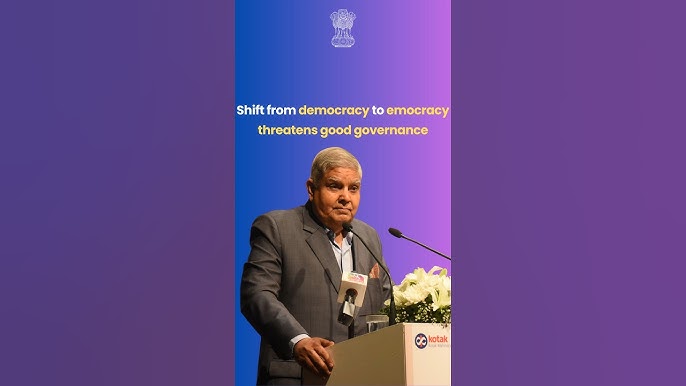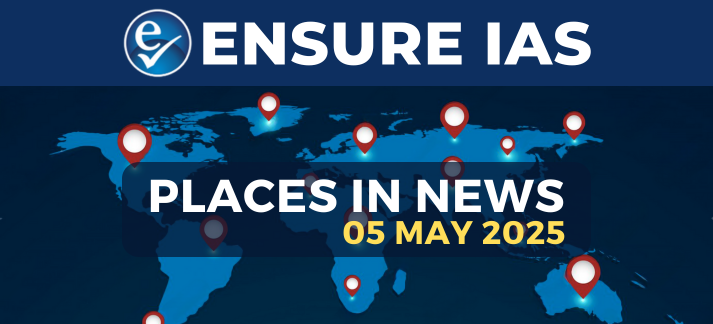- Courses
- GS Full Course 1 Year
- GS Full Course 2 Year
- GS Full Course 3 Year
- GS Full Course Till Selection
- Online Program
- GS Recorded Course
- NCERT (Recorded 500+ Hours)
- Polity Recorded Course
- Geography Recorded Course
- Economy Recorded Course
- AMAC Recorded Course
- Modern India, Post Independence & World History
- Environment Recoded Course
- Governance Recoded Course
- Science & Tech. Recoded Course
- International Relations and Internal Security Recorded Course
- Disaster Management Module Course
- Ethics Recoded Course
- Essay Recoded Course
- Current Affairs Recoded Course
- CSAT
- 5 LAYERED ARJUNA Mentorship
- Public Administration Optional
- ABOUT US
- OUR TOPPERS
- TEST SERIES
- FREE STUDY MATERIAL
- VIDEOS
- CONTACT US
Austria’s Camcopter S-100 to Enhance Indian Navy's Capabilities
Austria’s Camcopter S-100 to Enhance Indian Navy's Capabilities
09-07-2024
Ahead of Prime Minister Narendra Modi's visit to Austria, India is set to acquire the Camcopter S-100 rotary unmanned aerial system (UAS) from Austrian company Schiebel, marking a significant milestone in bilateral technological collaboration.
Key Points:
- Camcopter S-100: The Camcopter S-100 is a rotary UAS that provides flexibility in sea-based operations to the Indian Navy. It is a matured and proven platform that can operate effectively in extreme environments, making it an ideal choice for the Indian security arena.
- Indian Navy's Requirements: The Indian Navy has been using fixed-wing UAVs for Intelligence, Surveillance, and Reconnaissance (ISR) in the Indian Ocean Region (IOR) since the beginning of the 21st century. The Camcopter S-100 will provide a much-needed flexibility in sea-based operations, enabling the Navy to monitor sea lanes of communication in the IOR.
- Austria-India Collaboration: The deal marks a significant collaboration between Austria and India in the field of technology. Schiebel India, in partnership with VEM Technologies, will license-produce the Camcopter S-100 in India, creating a complete ecosystem for rotary unmanned systems.
- Future Prospects: The partnership is expected to pave the way for the production of future platforms like the S-300 in India, which will be manufactured and exploited by the Indian military.
- ISR and SAR Operations: The Camcopter S-100 is suitable for ISR and SAR operations for the Indian Navy, Coast Guard, and Army. Its operational service ceiling of up to 12,000 feet, endurance exceeding 6 hours, and 34 kg payload capacity make it an ideal asset for hard-to-reach areas and challenging terrains.
- Manufacturing and Overhaul: Schiebel India has collaborated with VEM Technologies for the local production of the Camcopter S-100, with up to 60% indigenization content. The partnership aims to create a robust ecosystem, including component manufacturers, dealers, and MRO facilities, to sustain the platform for 15 years and beyond.
Salient Characteristics:
General:
- Austrian UAV with rotorcraft design
- Produced by Austrian company Schiebel
- Developed from 2003 to 2005
Specifications:
- Maximum Take-Off Weight (MTOW): 200 kg
- Endurance: 6 hours
- Maximum Speed: 220 km/hr
- Ceiling: 5,500 m
- Payload Capacity: 50 kg (surveillance and tactical payloads)
Operations:
- No prepared area or supporting launch/recovery equipment required
- Day/night operations in adverse weather conditions
- Automatic navigation via GPS waypoints or pilot control unit
- Simple point-and-click graphical user interface for mission planning and control
- Real-time transmission of high-definition payload imagery to control station
Technology:
- "Fly-by-wire" technology with redundant flight computers
- Ability to complete missions automatically in complex electromagnetic environments
Implications:
- Enhanced Maritime Capabilities: The acquisition of the Camcopter S-100 will significantly enhance the Indian Navy's maritime capabilities, enabling it to monitor sea lanes of communication in the IOR more effectively.
- Boost to Bilateral Ties: The deal marks a significant milestone in bilateral technological collaboration between Austria and India, paving the way for future partnerships in the field of technology.
- Indigenization: The partnership aims to create a robust ecosystem for rotary unmanned systems in India, with up to 60% indigenization content, which will boost the country's defense manufacturing capabilities.
- Job Creation: The establishment of MRO facilities and component manufacturers in India is expected to create jobs and stimulate economic growth.
- Self-Reliance: The development of indigenous UAS capabilities will reduce India's dependence on foreign suppliers, enhancing the country's self-reliance in defense production.
Conclusion:
The acquisition of the Camcopter S-100 is a significant development in India's defense sector, enhancing the country's maritime capabilities and paving the way for future partnerships in the field of technology. The deal marks a significant milestone in bilateral technological collaboration between Austria and India and is expected to have far-reaching implications for the country's defense manufacturing capabilities, job creation, and economic growth.



